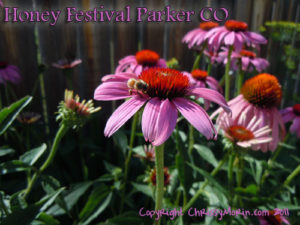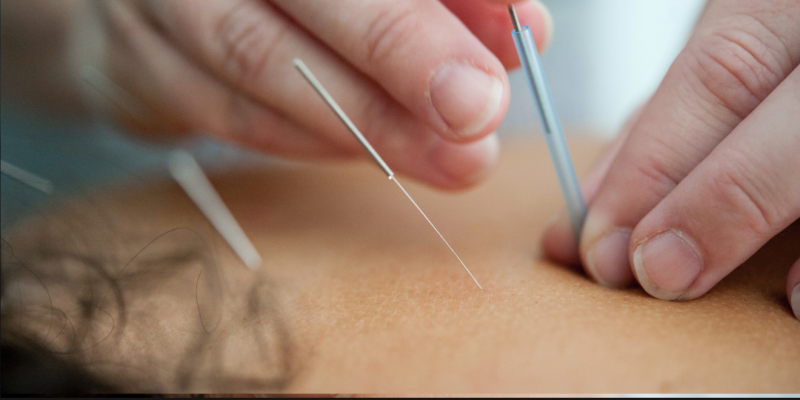Honey and Wound Healing
Topical application of honey is beneficial in the treatment of wounds and burns, according to a review article in the Journal of Wound, Ostomy, and Continence Nursing (2002;29:295–300).
Honey is a highly concentrated sugar solution produced by honey bees, primarily from the nectar of plants. It is composed of carbohydrates (sugars), water, enzymes, amino acids, pigments, pollen, wax, and other trace constituents from both bees and plants. Honey has been used in the treatment of burns and wounds for many centuries, with documents describing this use dating back to 1700 BC.
A number of properties inherent to honey might contribute to its ability to fight infection and promote healing. Its high sugar content allows it to draw infection and fluid from wounds by a process called “osmosis.” Honey prevents bacterial growth through its acidic pH and through the work of an enzyme that produces small amounts of hydrogen peroxide. Its ability to keep the area around a wound moist and protected promotes fast healing and prevents scarring.
Honey also contains components from the specific plants used by the bees in their production, and it is speculated that some of these components might further add to the antibacterial and wound-healing effects of certain honey. The process of pasteurization, used to sterilize commercial honey, destroys the enzyme involved in the production of hydrogen peroxide, rendering these honey less antibacterial. Raw honey maintains their enzymes and honey produced for therapeutic use are sterilized through an irradiation process that does not damage their constituents. There are currently two therapeutic kinds of honey available: Medihoney of Australia and Active Manuka Honey of New Zealand. Both are derived from bees using the flowers of tea trees (Leptospermum spp.) as their source.

The Town of Parker is very invested in keeping the local population of bees healthy, happy, and producing plenty of Colorado-grown honey. Each year a Honey Bee Festival is enjoyed by locals at O’Brien Park just across the street from our office. The Thunder Bee Project encourages education about bees and their role in nature, as well as replenishing the bee population in Parker. The Town of Parker currently maintains eight hives. The Thunder Bee Project has inspired the annual Honey Festival in Parker with honey products, demonstrations, and education. For more information on the Thunder Bee Project, contact Kelly Kuper at 303.434.1560 or by kkuper@parkeronline.org email
A number of studies have confirmed the antibacterial effects of honey in test tubes. One study found that different kinds of honey had different levels of activity against specific bacteria. Studies on humans have reported that honey used as a wound dressing reduced infection, inflammation, pain, and odor, and promoted easy removal of dead tissue and rapid healing with little scarring.
Fifty-nine people with chronic wounds and ulcers participated in one preliminary study described in this review. The group included people with diabetic ulcers, burns, traumatic ulcers, gangrene, and other types of wounds. All had been treated with commercial wound dressings and antibiotics for periods of between one month and two years without results. Although 51 of the 59 wounds had been infected prior to honey treatment, all were free of infection within one week of starting honey dressing applications. In addition, inflammation and odor were markedly reduced, and healing rapidly ensued.
Other studies have compared honey with other wound treatments. In one such study, honey was found to be as effective as, or more effective than, silver sulfadiazine (SSD), one of the most common topical treatments for burns. Fifty participants with superficial burns were randomly assigned to have their burns dressed with honey or SSD. Those treated with honey experienced a faster reduction in inflammation and better infection control. Eighty-four percent of those treated with honey had satisfactory healing within 7 days and 100% by day 21, whereas 72% of those treated with SSD had satisfactory healing after 7 days and 84% by day 21. In another controlled trial, 900 participants with partial-thickness burns were randomly assigned to receive either honey dressings or other dressings. Honey was applied directly to the burns and covered with sterile dressings on alternate days. Those whose burns were treated with honey had faster healing and less scarring than those treated with other dressings. In the case of full-thickness burns, however, honey has been found to be inferior to other treatments.
This comprehensive review describes the enormous potential for honey as a therapeutic tool in the treatment of wounds and burns. It is non-toxic and inexpensive, and, despite theoretical concerns about introducing infection through the application of honey, no infections or other negative side effects have been noted. Further studies may help elucidate which specific honey are most effective for the various types of wounds and burns.
Maureen Williams, ND, received her bachelor’s degree from the University of Pennsylvania and her Doctorate of Naturopathic Medicine from Bastyr University in Seattle, WA. She has a private practice in Quechee, Vermont, and does extensive work with traditional herbal medicine in Guatemala and Honduras. Dr. Williams is a regular contributor to Healthnotes Newswire. Copyright © 2003 Healthnotes, Inc. All rights reserved. Republication or redistribution of the Healthnotes® content is expressly prohibited without the prior written consent of Healthnotes, Inc. Healthnotes Newswire is for educational or informational purposes only, and is not intended to diagnose or provide treatment for any condition. If you have any concerns about your own health, you should always consult with a healthcare professional. Healthnotes, Inc. shall not be liable for any errors or delays in the content, or for any actions taken in reliance thereon. Healthnotes and the Healthnotes logo are registered trademarks of Healthnotes, Inc.






